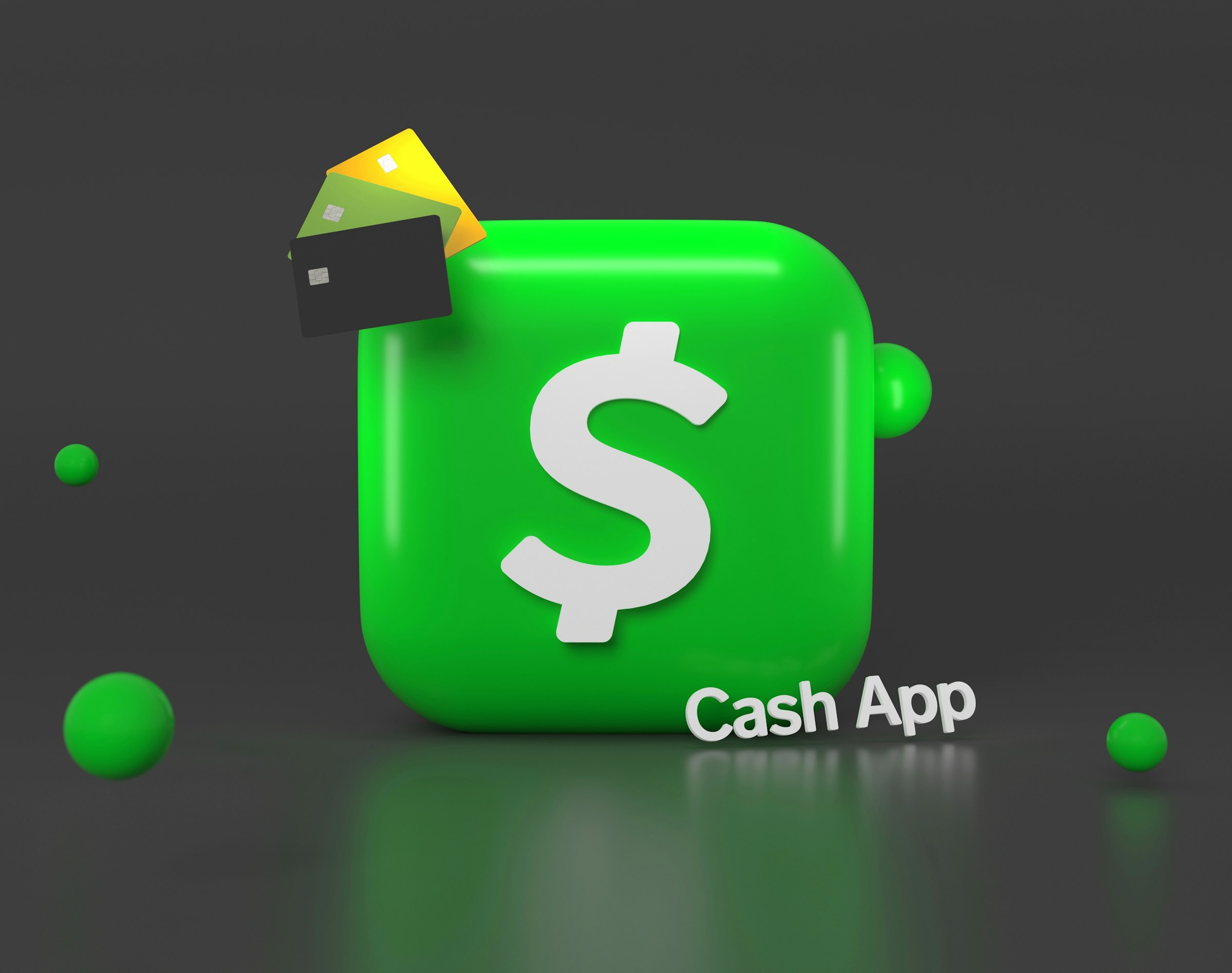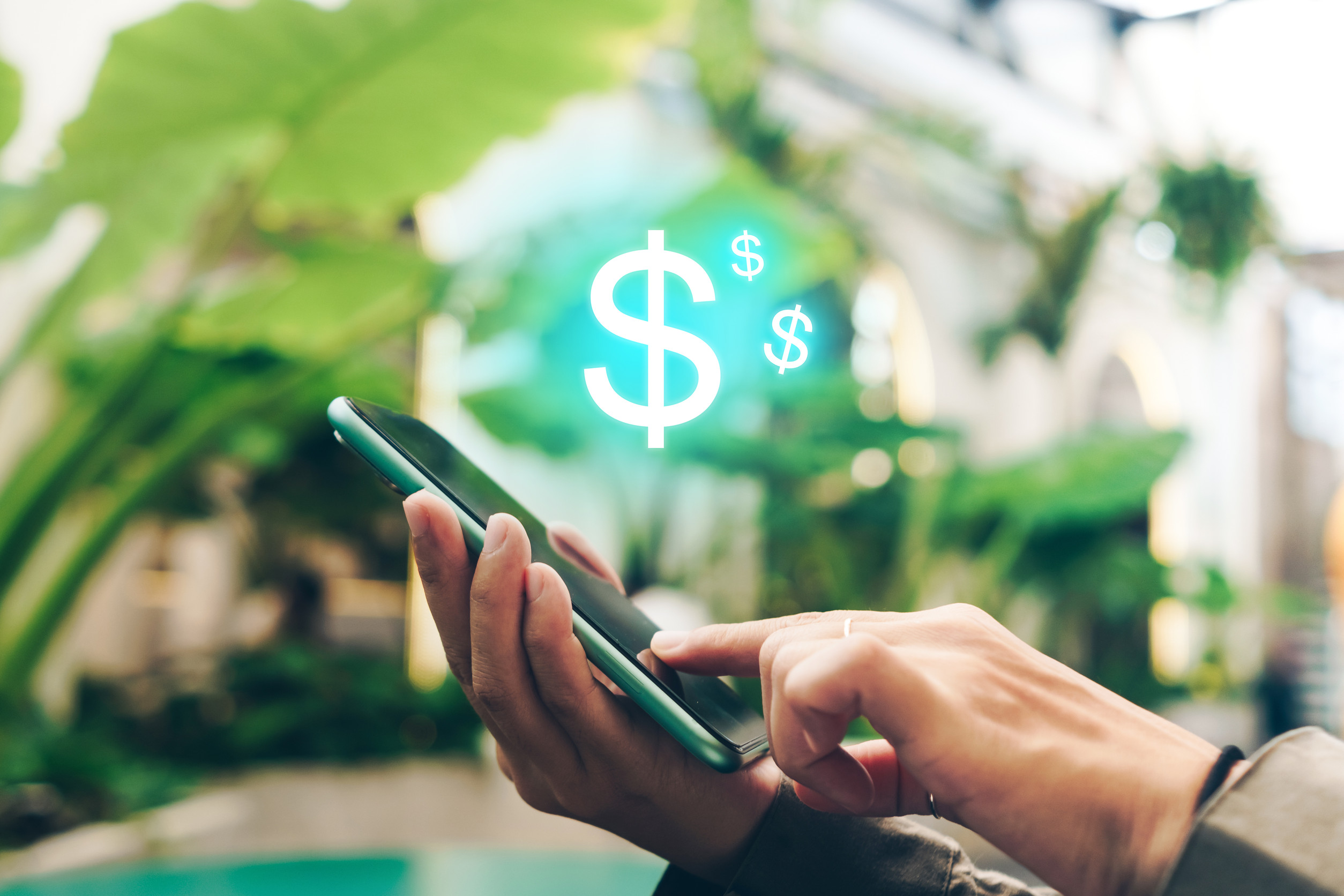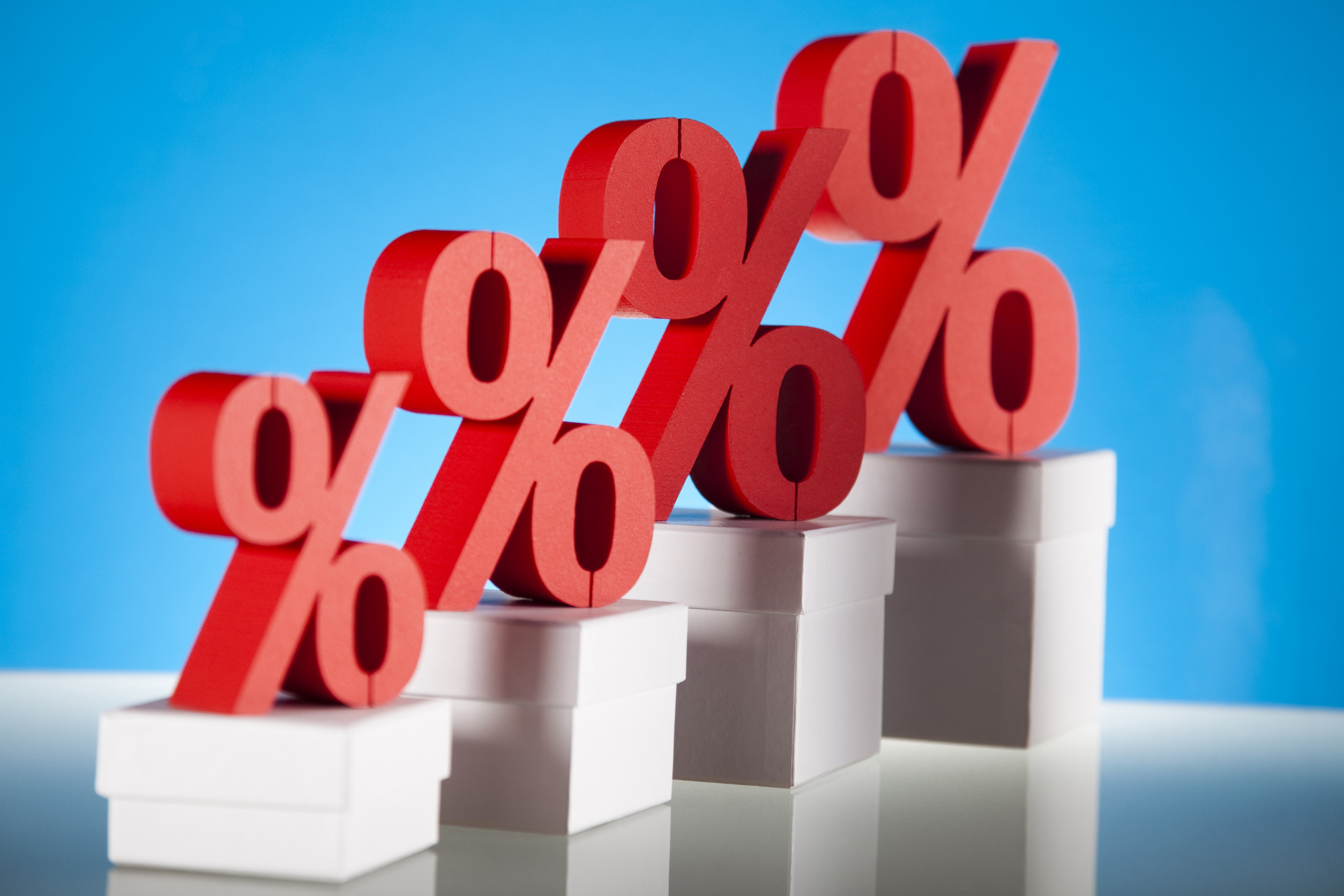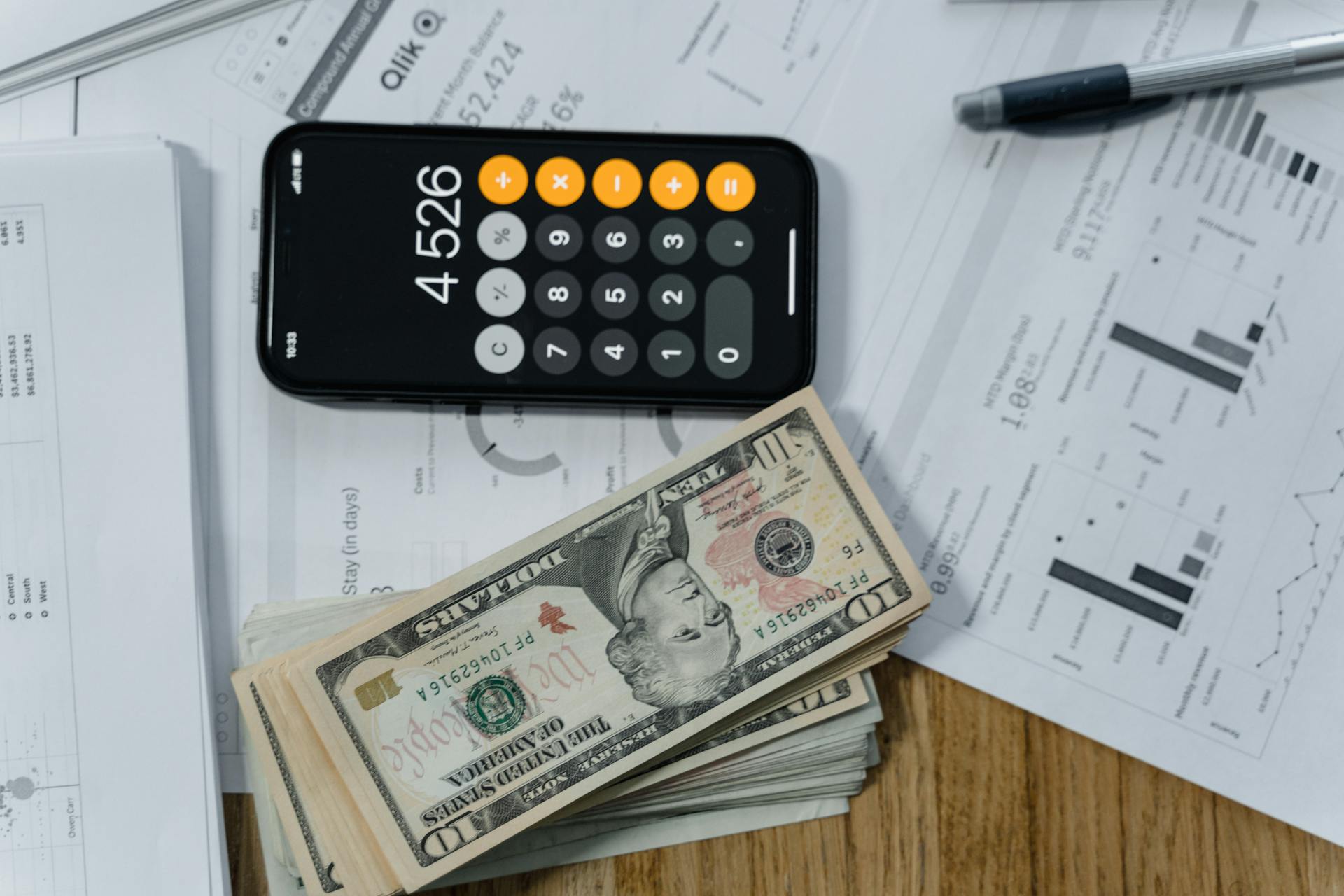Borrowing money from cash app: Is it worth it or a debt trap?

The cash app is an easy way to send money to friends, but now it can also borrow cash. Is this a useful financial tool when people get stuck in debt? Let’s break it down to help determine if it’s right for someone’s financial situation.
What is a cash application?

The mobile app was created in 2013 and allows people to send and receive funds immediately without frustrating delays in bank transfers. Think of it as a digital wallet that lives on your phone. But, these days, Cash App does more than just money between friends. Users can deposit their salaries directly and shop with physical cash cards (their version of the debit card), buying stocks as low as $1, or even trade bitcoins. The app has a bright green interface with the now familiar dollar sign that has become particularly popular among young people and those who do not use traditional banks. The relatively new lending feature is just the latest way for cash apps to go beyond simple remittances to become an all-in-one financial tool.
How cash application loans work

The cash app keeps borrowing very simple. If the criteria are met, users can get a price of $20 or higher based on how they used in the past (note: the borrowing limit seems to be different, but most sources seem to say $200 is the highest).
Borrowers usually need to pay off their funds within four weeks. Unlike traditional banks, cash apps don’t have a deep understanding of credit history. Instead, they looked at how people use their apps, which means transaction history, activity levels and whether they cause any problems. This allows people who may be rejected by banks due to limited credit history or financial errors to use the cash app to loans. The entire process takes place in many already used applications without complex paperwork or lengthy waiting periods.
Really spent cash app loan

Cash apps charge fees instead of traditional interest, but that doesn’t make lending cheap. Users pay a flat 5% fee upfront, and if not reimbursed on time, an additional 1.25% fee per week after the first four weeks. This direct pricing obscures the shocking reality: when converted to an annual percentage (APR), borrowers’ views range from 60% to 200%, much higher than most credit cards or personal loans.
While paying $5 on a $100 loan may not sound like a lot, it is equivalent to an extremely high interest rate every year. The cash app does show the total amount you need to pay back before you repay your loan, but many focus on small fees rather than understanding how expensive this rate is for larger long-term borrowings.
Details of repayment

The cash application automatically pays from the user’s balance when it expires, which is convenient, but can cause problems if not prepared. Borrowers can pay in one or smaller installments based on a budget effective manner. The app sends reminders before payment, but if you miss the notification or don’t have enough money in your account, you can apply for an additional fee.
Remember that not enough funds are used to book payments can trigger a series of financial problems that exceed the original loan amount. The best way is to develop a personal repayment plan that not only relies on the cash app’s automated system, set up calendar reminders and ensure funds are available when payments are due.
Cash application borrowing can be stupid

Several red flags should make potential borrowers think twice before they can hit the “borrow” button. The convenience of making money can lead to impulsive borrowing without proper planning. High effective interest rates can quickly turn a small loan into a huge financial burden, especially for those who are already struggling with money. Many users are stuck in a dependency cycle, paying off one loan, only to cancel another loan immediately. Since cash apps cannot thoroughly check repayment capabilities, someone may be approved for an amount that they are difficult to repay.
A better option worth considering

Exploring alternatives can save money and stress before jumping into cash application lending. For those with good reputation, traditional bank personal loans usually offer lower interest rates, although they take longer to process. Credit unions design emergency loans specifically for short-term needs and often provide financial education resources.
Cash application lending is not totally good or bad – in some cases it is a meaningful tool, but in others it can cause problems. These loans can really help in a real emergency when there are no other options and guaranteed quick repayment. All in all, cash application loans are the latest short-term bridge, not a solution to the ongoing funding shortage.





